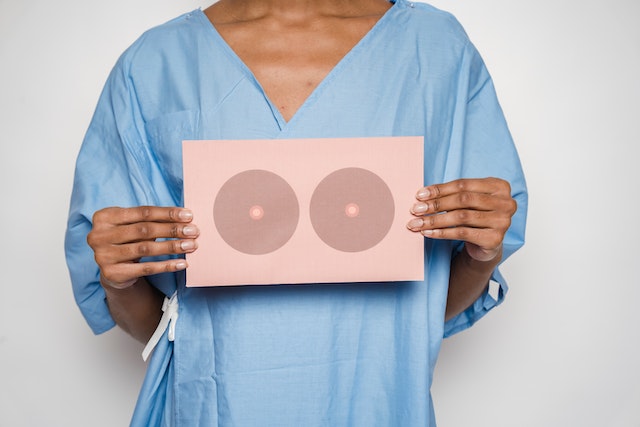AI diagnostics and 3D mammograms may help with diagnosing women with breast cancer, according to a newly published study.
Published earlier this month on March 14, the study, titled “Mammographic Screening in Routine Practice: Multisite Study of Digital Breast Tomosynthesis and Digital Mammography Screenings,” was led by researchers from the Hospital of the University of Pennsylvania. To conduct the study, they looked at more than 2.5 million mammograms of women who participated. In their comparisons, the researchers found that, per every 1,000 screenings, 3D mammograms were able to find and diagnose approximately 5.3 cancers.
The rating was less for 2D scanning as only 4.5 cancers were detected per every 1,000 screenings. Through 3D images, researchers said that they were able to look into the inner layers of the breast tissue to detect the type of cancer.
“We expect the 3D technology to be harvesting cancers that are at an earlier, lower stage,” said Jessica Paulus, a vice president of research at the company that conducted the study, per Fierce Healthcare. “All of these analyses are really geared around that big picture question of ‘Does it save lives?’ Because there’s a lot of breast cancer that is treatable.”
Although 3D mammograms are becoming increasingly popular amongst medical consultants, there are disparities in who gets to utilize this new technology. Studies have found that BIPOC women, mainly Hispanic women and Black women, are less likely to receive 3D mammograms.
According to a 2022 study conducted by researchers at the Herbert Irving Comprehensive Cancer Center, out of 5,617 who went to get a mammogram from 2020 to 2022, 70% of the women received a 3D mammogram. Whereas nearly 84% of white women received this new technology, only approximately 39% of Hispanic women and 68% of Black women were able to get a 3D exam.
Overall, Black women had a decreased 55% chance of obtaining a 3D mammogram, whereas Hispanic women had a decreased 84% chance.
With this decrease in access to this new technology, researchers believe it could lead to issues for BIPOC women; they expressed their concerns about the access to the programs that are increasingly able to detect breast cancer at an earlier stage.
“It matters a lot about where you live, that’s where the access comes in,” said Paulus per Fierce Healthcare. “It’s not choices that providers or patients are making. It’s a matter of structural issues around where the devices are.”








